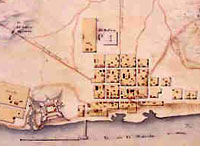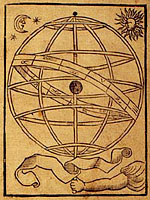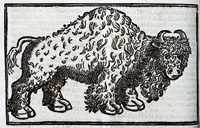From Slavery to Freedom: The African-American Pamphlet Collection, 1822-1909

From Slavery to Freedom: The African-American Pamphlet Collection, 1822-1909 is precisely what it says, a collection of 396 pamphlets written by African Americans or by non-African Americans writing about slavery, Reconstruction, the colonization of Africa, and other pertinent topics.
According to the website, "[. . . t]he materials range from personal accounts and public orations to organizational reports and legislative speeches." Prominent authors include, but are certainly not limited to, Frederick Douglass and Booker T. Washington.
Material can be browsed by title, author, or subject; or you can run a key word search. If you need more material than what is available in the collection itself, there is a list of external resources with related content.



